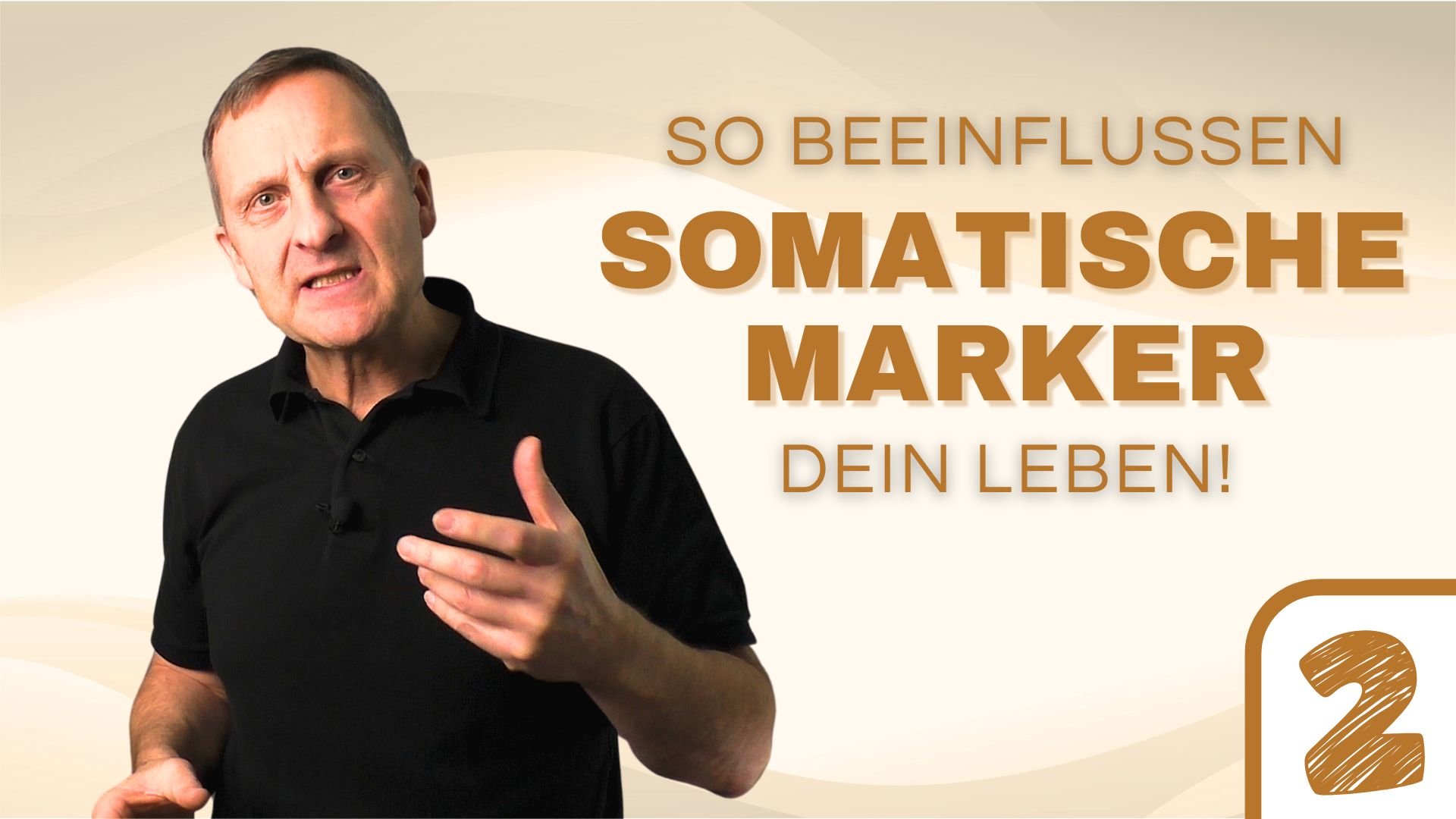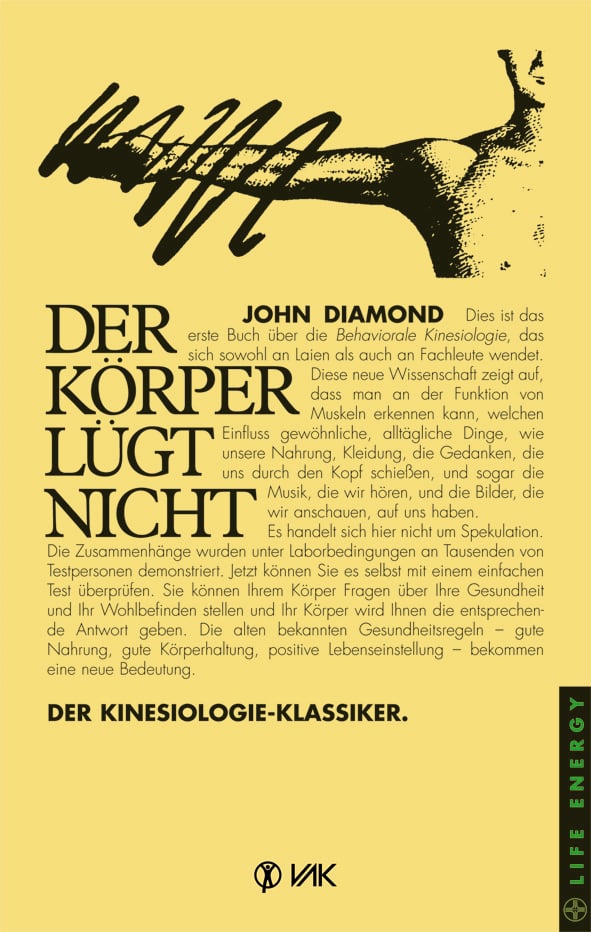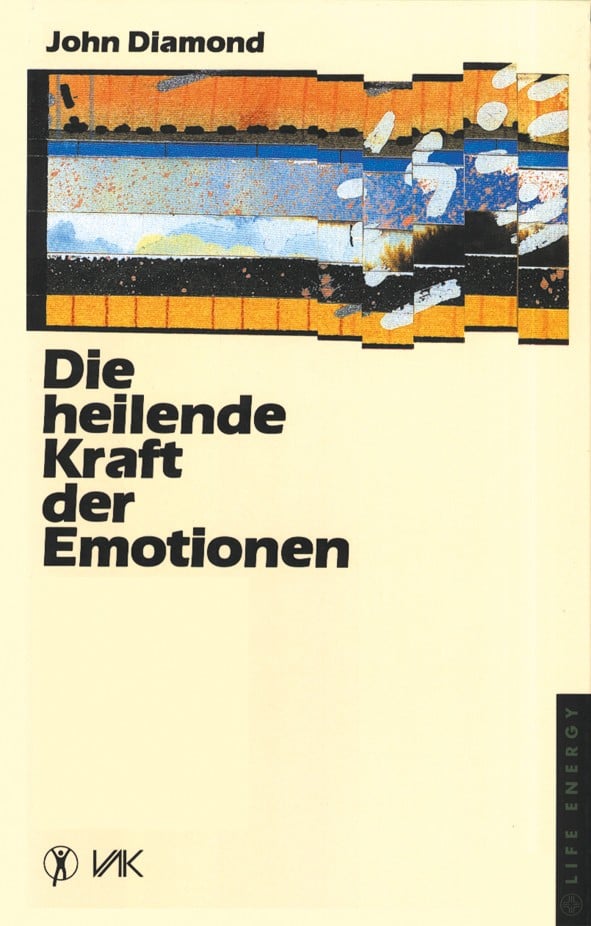Somatic markers make themselves felt with the help of body reactions of varying intensity
It is often observed that one situation (external stimulus) only triggers some goose bumps, while another event leads to massive discomfort. Why? Obviously, the body energy of somatic marking depends on the original emotional arousal state during the relevant experience.
In the acquisition of a somatic marker, which places a new experience in our body memory and emotionally “marks” and evaluates it in the future, the original state of arousal of the body when experiencing the experience has the decisive influence on the subsequent body reaction.
What we experience is usually integrated into our non-emotional cognitive memory while we sleep and especially during REM sleep. Thus, lived experiences are not only evaluated emotionally; rather, the cognitive co-player is also available to access our mental resources.
For example, if we find ourselves in a familiar situation, albeit unconsciously, we receive an emotional evaluation from the relevant somatic marker in a flash, which we can then process further with the help of our cognitive abilities. Thus, it is also usually possible to stop the reaction initiated by the somatic marker and perform a conscious action with the help of our thinking. Reflexes can thus be reconsidered and new intentional behavioral strategies take their place.
Some experiences overwhelm our natural processing mechanisms
Above a certain level of arousal, however, the drastic experience may overwhelm our body’s processing mechanisms.
For example, accident victims, war veterans, but also victims of an assault had to experience a situation in which they were burdened to the utmost, possibly even faced with death. Meanwhile, the body is usually in a state of extreme emotional arousal: a state of exception. It is not uncommon for these people to experience trauma.
 EMDR, as we know, is in origin a therapy for the treatment of trauma. Basic intervention is guided rapid eye movements, Rapid Eye Movement Stimulation. This simulates the rapid eye movements of REM sleep while awake.
EMDR, as we know, is in origin a therapy for the treatment of trauma. Basic intervention is guided rapid eye movements, Rapid Eye Movement Stimulation. This simulates the rapid eye movements of REM sleep while awake.
In trauma patients, it can often be observed that the usual processing of the experience is interrupted during REM sleep. An increased level of arousal during a (night)dream often leads to awakening. Restful REM sleep is absent and the cognitive processing of the endured experience, which usually takes place during this REM sleep phase, cannot occur.
EMDR then usually helps to calm overflowing emotions, integrate loose, unprocessed memory fragments into our brains in an orderly and sustainable manner, and promote natural REM sleep. EMDR is also used effectively in coaching and self-coaching.
REM sleep phases are missing
Sleep researcher Robert Stickgold studied traumatized Vietnam War veterans in 2002. While these relived their horrific wartime experiences over and over in nightmares, Stickgold was unable to demonstrate any REM sleep episodes. After successful EMDR treatment of the trauma victims, which cured them of the trauma and allowed them to experience undisturbed restorative REM sleep again, he concluded that there are clear parallels between the rapid eye movements( REM sleep ) and the consciously initiated rapid eye movements in wakefulness during an EMDR intervention.
If integration into the cognitive memory fails, the emotional experience memory thus does not have its cognitive co-player available for this particular occurrence. As a result, violent bodily reactions may occur in similar situations, as the somatic marker communicates its emotional evaluation unfiltered.
From an evolutionary point of view, which is to ensure the continued existence of every living thing, this kind of reaction makes sense. Thus, a strong emotional reaction with equally strongly perceived bodily sensations should warn of similar situations. Nevertheless, such exuberant emotional body markers not infrequently lead to mental blocks.
Often, people experience this type of powerful yet uncomfortable bodily response in moments of anxiety.
Read parts 1 to 3:

How Somatic Markers Influence Our Lives
Somatic markers make themselves felt with the help of body reactions of varying intensity It is often observed that one situation (external stimulus) only triggers some goose bumps, while another

Somatic markers form our body memory
Somatic markers are a term for an endogenous signaling system. To better understand how EMDR works, it is very helpful to take a closer look at the renowned somatic marker

Dissolve somatic markers thanks to EMDR
It is often observed that once the emotional body marker(somatic marker) has been located during EMDR coaching or EMDR self-coaching, it begins to move through the body during the intervention

How Somatic Markers Influence Our Lives
Somatic markers make themselves felt with the help of body reactions of varying intensity It is often observed that one situation (external stimulus) only triggers some goose bumps, while another

Somatic markers form our body memory
Somatic markers are a term for an endogenous signaling system. To better understand how EMDR works, it is very helpful to take a closer look at the renowned somatic marker

Dissolve somatic markers thanks to EMDR
It is often observed that once the emotional body marker(somatic marker) has been located during EMDR coaching or EMDR self-coaching, it begins to move through the body during the intervention











